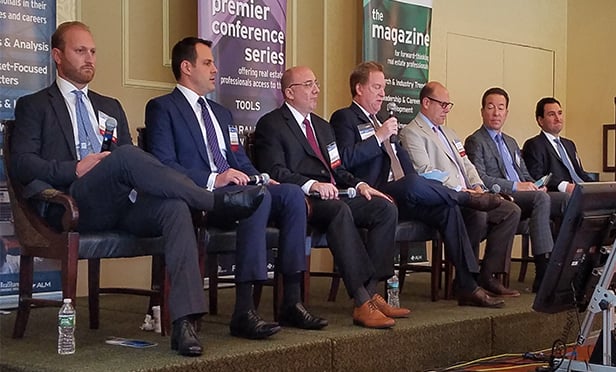“Construction continues to boom, 5700 rental units were added last year, this year it's projected to hit 9500,” says Mitchell S. Berkey, co-chair of the real estate group, Chiesa Shahinian & Giantomasi. Berkey moderated the “Unlocking the Value in Multifamily Properties: How are Developers and Investors Finding Opportunities in this Sector?” panel at the conference.
“That supply is starting to creep into the vacancy rate, which is projected to tick up to close to five percent, which would be a meaningful increase,” Berkey says. “Net effective rents are projected to be up to about four percent, and northern New Jersey continues to produce better multifamily yields than Manhattan and Brooklyn.”
Recommended For You
Want to continue reading?
Become a Free ALM Digital Reader.
Once you are an ALM Digital Member, you’ll receive:
- Breaking commercial real estate news and analysis, on-site and via our newsletters and custom alerts
- Educational webcasts, white papers, and ebooks from industry thought leaders
- Critical coverage of the property casualty insurance and financial advisory markets on our other ALM sites, PropertyCasualty360 and ThinkAdvisor
Already have an account? Sign In Now
*May exclude premium content© 2025 ALM Global, LLC, All Rights Reserved. Request academic re-use from www.copyright.com. All other uses, submit a request to [email protected]. For more information visit Asset & Logo Licensing.









